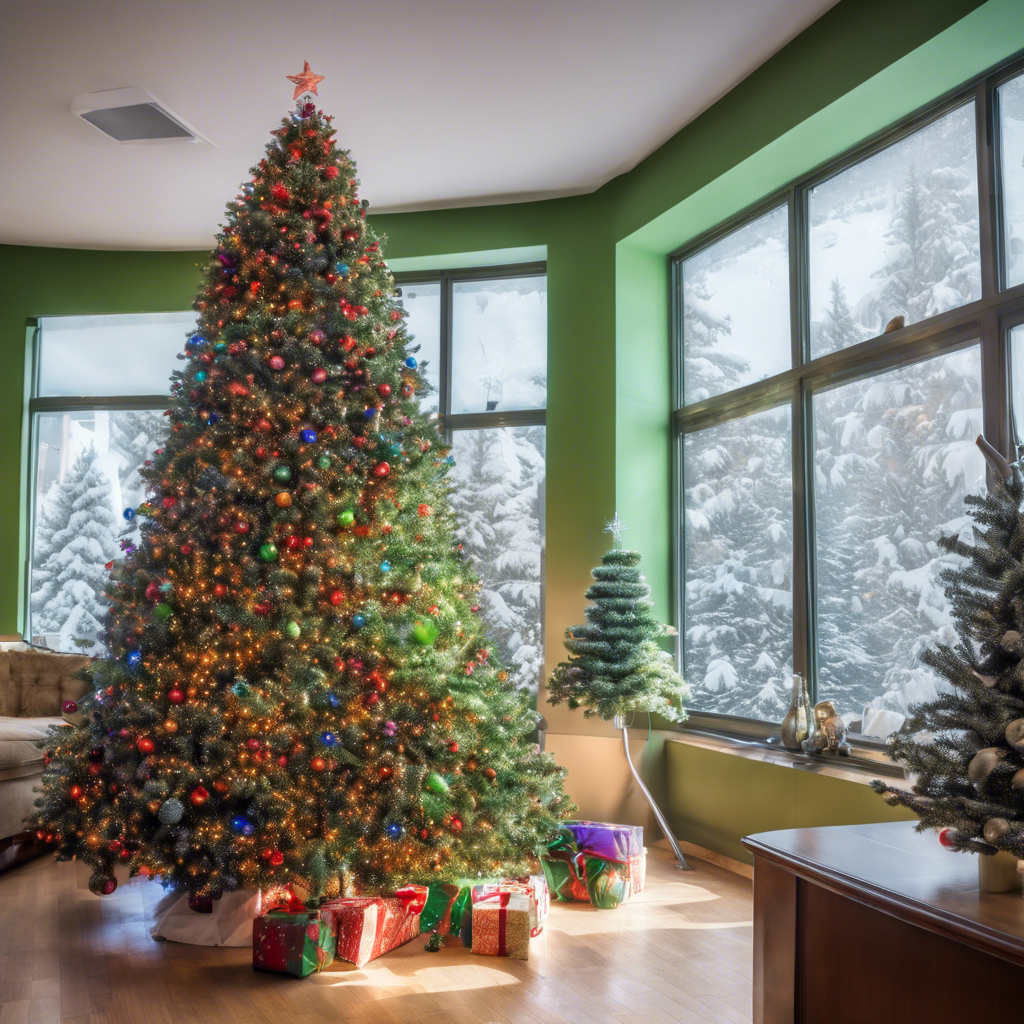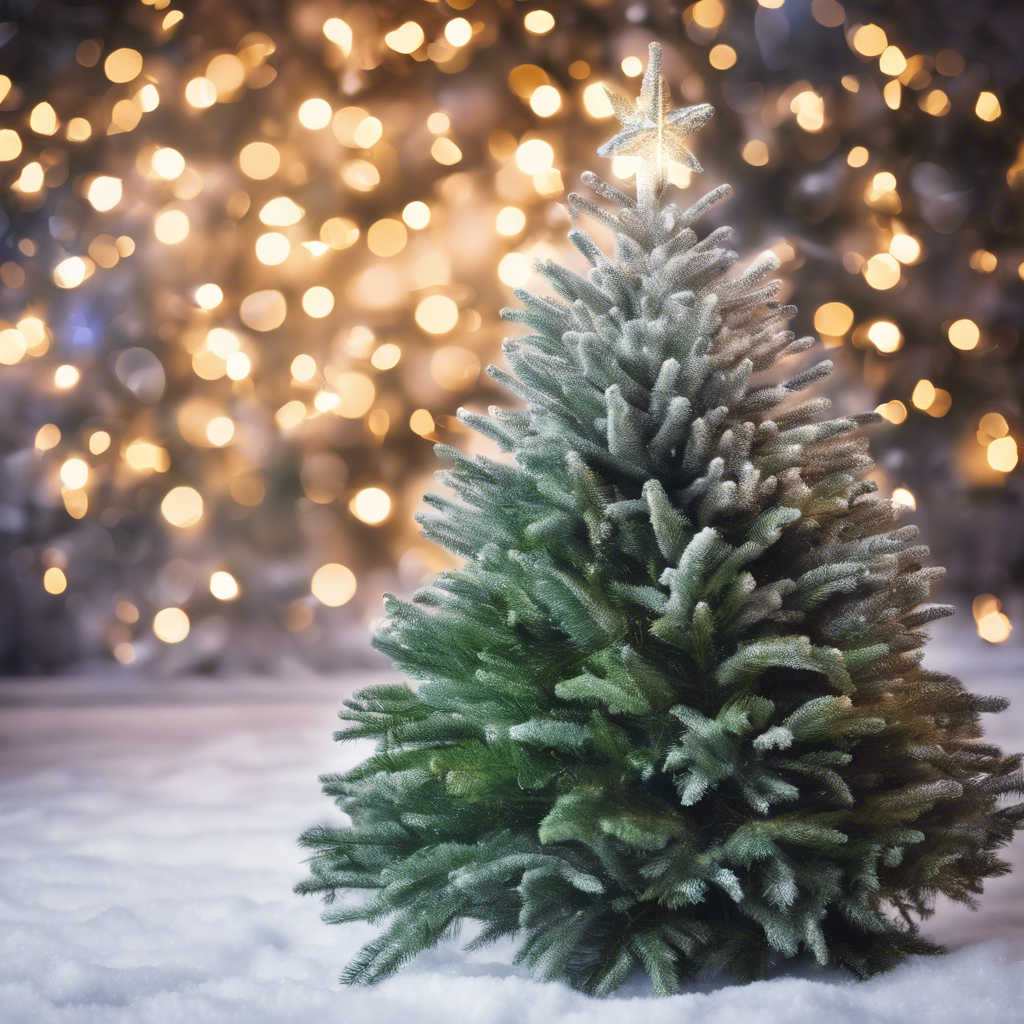New research reveals the emissions and effects of volatile organic compounds (VOCs) from live Christmas trees on indoor air quality.
As the holiday season comes to a close, Canadians are beginning to pack away their decorations and clean up after the festivities. However, a recent study conducted by the U.S. National Institute of Standards and Technology has shed light on an interesting aspect of the holiday tradition – the impact of live Christmas trees on indoor air chemistry. The study explores the emissions of volatile organic compounds (VOCs) from Christmas trees and their potential effects on indoor air quality. This research provides valuable insights into the chemistry behind the fresh fragrance of Christmas trees and offers recommendations for those who may be sensitive to these emissions.
Unveiling the Chemistry of Live Christmas Trees
The research, published in the peer-reviewed journal Indoor Environments, delves into the emissions of VOCs from live Christmas trees. Lead author and environmental engineer, Dustin Poppendieck, explains that the distinct fragrance of Christmas trees comes from the release of chemicals known as volatile organic compounds. To measure these emissions, researchers sealed a freshly-cut Douglas fir tree in an environmentally-controlled chamber and monitored it for 17 days.
Using proton-transfer reaction mass spectrometry, the team measured airborne organic compounds emitted by the tree. They also studied how these compounds interacted with other components of indoor air, such as ozone. To simulate a home environment, the tree was decorated, watered daily, and exposed to light and some outdoor air.
The Role of Monoterpenes and Their Effects
Christmas trees, typically conifers, emit a group of VOCs called monoterpenes, which are responsible for their distinct scent. These monoterpenes are also found in products like air fresheners and scented candles. The study detected 52 different monoterpenes emitted by the tree, with emissions peaking on the first day at a concentration similar to that of a plug-in air freshener.
However, by the third day, the emissions of monoterpenes had significantly decreased by nearly 10 times the original amount. The researchers also observed that when ozone was introduced into the chamber, it interacted with monoterpenes to create small amounts of chemical byproducts like formaldehyde, although in lower concentrations than typically found in a household.
Addressing Sensitivities and Recommendations
The study offers insights into why some individuals may experience watery eyes and runny noses when a Christmas tree is brought indoors. If you are sensitive to VOCs like those emitted by Christmas trees, Poppendieck suggests opening a window near the tree to reduce exposure. Alternatively, leaving the tree outside or in a garage for three days before bringing it indoors can also help mitigate potential sensitivities.
However, Poppendieck emphasizes that for most people, the emissions from live Christmas trees should not be a major concern. He personally plans to continue having a Christmas tree in his house, as the emissions are comparable to those from other common indoor sources.
Conclusion:
The study on the emissions of volatile organic compounds from live Christmas trees provides valuable insights into the impact of these trees on indoor air chemistry. While the emissions of monoterpenes from Christmas trees may cause minor discomfort for some individuals, the overall impact on indoor air quality is likely to be modest and diminish over time. By understanding the chemistry behind the fresh fragrance of Christmas trees, individuals can make informed decisions about their holiday decorations and take necessary precautions if they are sensitive to VOCs.











